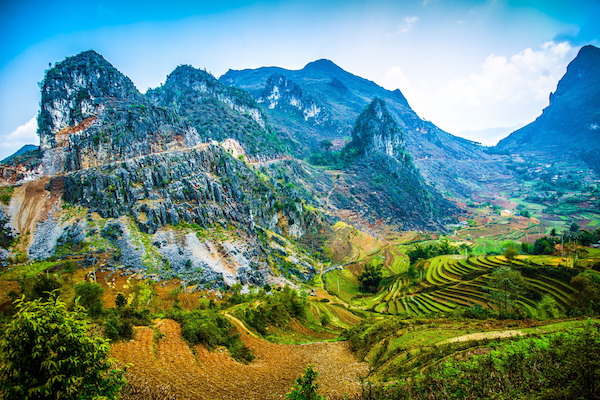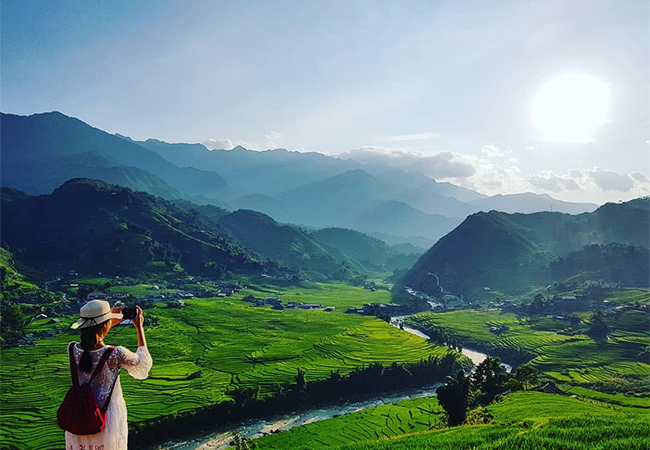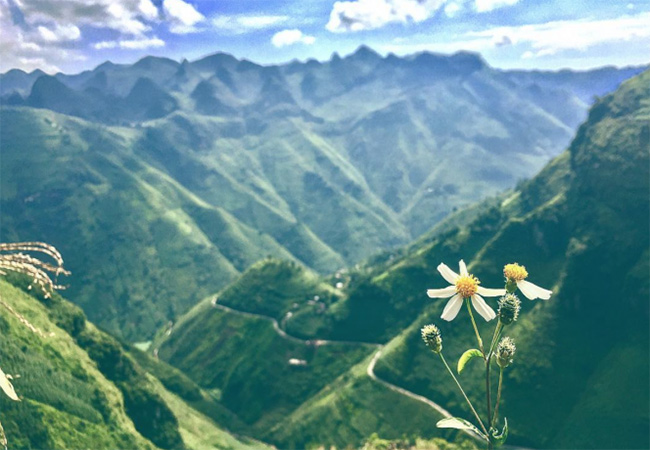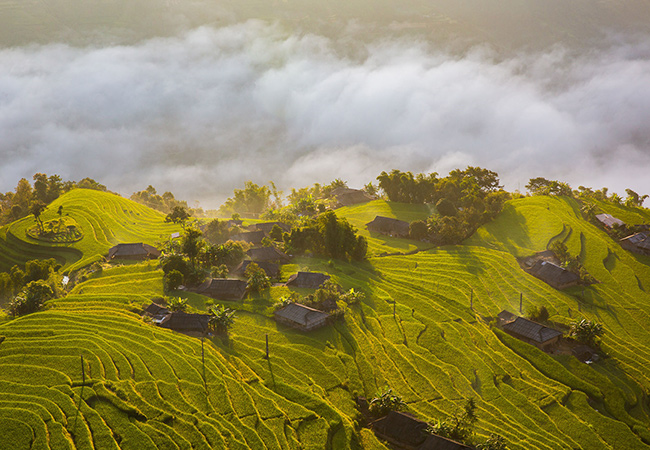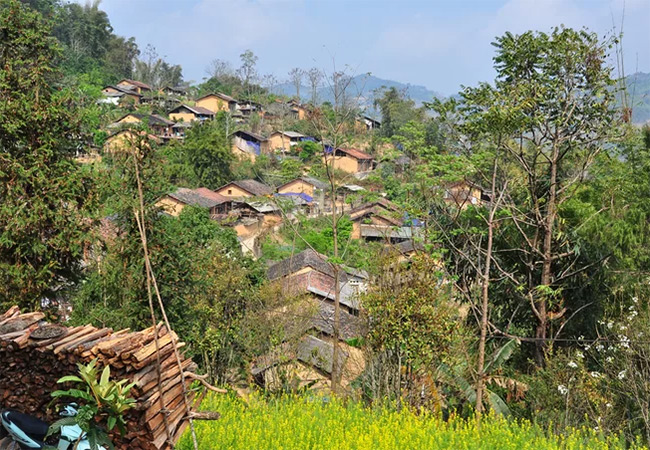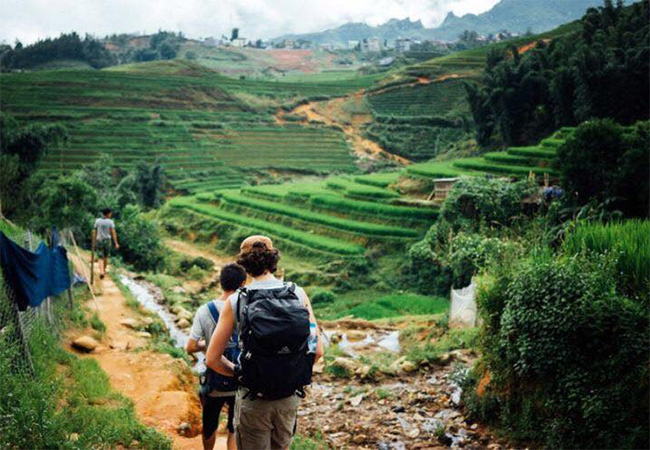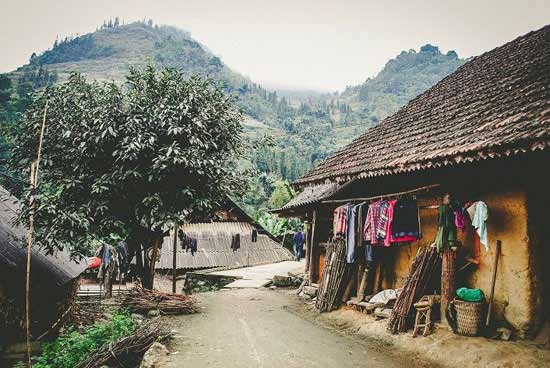Hiking Speed, Rhythm, Rest and Rest Interval
Rest Breaks and Resting will largely determine how far you can go and how tired you are at the end of the dayAn average day of hiking will consist of periods of hiking and periods of rest. The combination of good hiking rhythm, good Walking Speed and fixed Rest Intervals are things that separate Hiking Beginners from good Hikers. In our enthusiasm we often tend to start of too fast, get tired quickly, take an early rest and start off too fast again. In Hiking there is one concept that will improve you overall hiking performance, endurance and pleasure: Hiking Rhythm
In this section we will look into why Hiking Rhythm is so important and how you can learn and maintain a good Hiking Rhythm:
Benefits of a Good Hiking Rhythm
- Enable you to stick to a fixed schedule of breaks instead of having to break every time you run out of breath and start panting.
- Help you plan your hikes.
- Lessen the strain you put on your feet, legs, lungs and overall body.
- Changing gears the whole time is much more tiring then staying at a constant intensity level.
- Having a steady Hiking Rhythm will leave you less fatigued at the end of the day compared to if you vary your walking intensity.
- Having a steady Hiking Rhythm is generally more enjoyable as you never over exert yourself and generally keep the physical strain at enjoyable levels.
Developing your own Hiking Rhythm
Your perfect Hiking Rhythm is something very personal and something you will have to develop over the course of many, many hikes. Here are some guidelines:
- Try a Hiking Rhythm by trying a certain stride rhythm and speed and keeping to it. A good hiking rhythm is one that allows you to hike in the same intensity level for at least one hour without having to take a break.
- Adjust your selected rhythm to the terrain and weather conditions and the weight you are carrying.
- Make your Hiking Rhythm a full body affair where your breathing and the swing of your arms are all happen in harmony with the same rhythm.
- Count along or even use a Hiking Mantra to stick to your rhythm.
- Make sure not to interrupt your rhythm unless it is absolutely necessary. Minor obstacles do not have to be a reason to change your rhythm by stopping or slowing down.
- Uneven surfaces like uphill and downhill slopes of varying incline can make it difficult to maintain your rhythm. You could attempt to keep the same rhythm and adjust your stride. Often this will prove very difficult and you will have to change the tempo of your rhythm. This is not bad as long as you are able to keep at the new rhythm and adapt to it quickly while remaining at the same physical intensity level
Walking Speed
Your Walking Speed is very closely . In this section we will provide you with some tips on Hiking Speed:
- Fast hiking is a beginner mistake often resulting in a much slower tempo at the end of the day and a general feeling of fatigue. In general, Slower Hiking is Better Hiking. Faster hiking with more breaks will probably end up carrying you to the same distance at the same time but feeling much more tired. Furthermore faster trekking increases the chance of sprains and other injuries.
- Go for Hiking Endurance and longer duration trekking instead of faster and shorter hiking.
The energy needed for trekking is not proportional with the speed you walk. The figures below are for walking on a smooth level surface:
|
|---|
Resting and rest intervals
We already discussed Hiking Rhythm and Walking & Hiking Speed and they largely determine how many breaks your body will demand when you are out Hiking. Having a steady rhythm in your hiking and resting periods will help you get through a day of heavy hiking. In this section we will take a look some guidelines when it comes to resting:
- The purpose of resting is to slow down your heart rate and breathing and rest your hearts and lungs. Resting gives your body the time to get rid of the lactic acids built up in your muscles and to recover from the strains and possible pressure sores.
- Try to rest in regular intervals and make them part of your walking rhythm. Try to rest for 10 minutes after every one hour of hiking.
- Try to stick to short 10 minutes breaks and only use your lunch break and possibly your dinner break as extended rest periods. 10 minute is the most effective rest duration when it comes to body recovery.
- Set a stop watch if you fear that there is a chance of breaking the 10 minute limit. It is very easy to dose of even in 10 minutes.
- Make sure to take of your backpack and try to relax your body and mind as quickly as possible. Get out of the sun and generally try to rest in a cool and shady location. You can use your backpack as a back support for sitting down.
- In longer lunch and dinner breaks you will want to give your feet a rest by removing your shoes and putting on slippers, sandals or, if conditions allow it, walk bare foot. That will help prevent Blisters. Longer rest periods are also a great opportunity to dry possibly wet clothes and check your equipment.
More guide...
Responsible Travel
Asia Travel News


